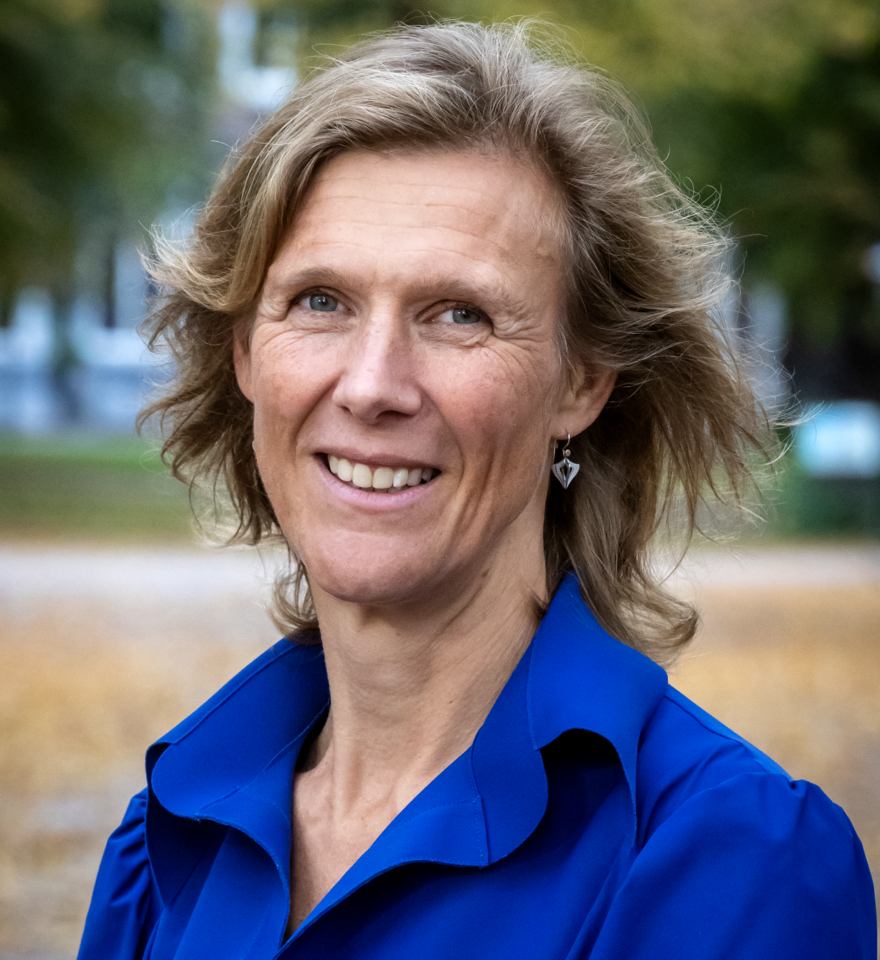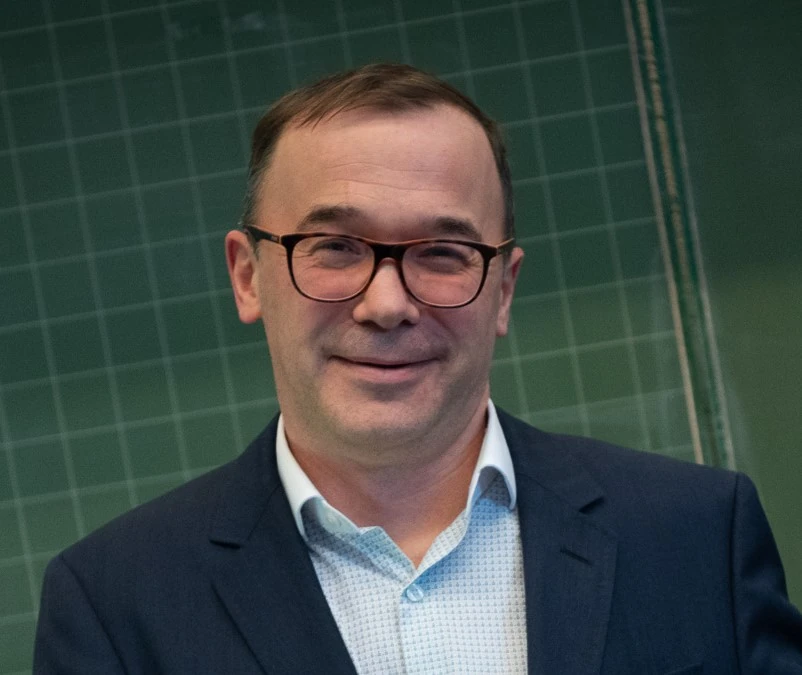Subsidence and Heave
Various processes in the subsurface, natural and human-induced, contribute to vertical motion of the surface. Extraction of fluids from the subsurface, or processes such as peat oxidation can lead to subsidence, while injection of fluids in the subsurface can lead to heave. Combining observations with numerical models, we can estimate parameters in geomechanical models that simulate ground motion. Applications range from subsidence due to groundwater extraction in the Bangkok area, to heave as a result of geological storage of CO2, to the separation of deep and shallow causes of subsidence.
Related projects
Satellite subsidence and sea-level data assimilation for mean high-water line assessment in the Bangkok area
Timeline: June 2021 – June 2025
Land subsidence combined with sea-level rise threatens the inhabitants of the coastal area of Bangkok, Thailand; the main contributor to subsidence is groundwater extrac-tion for drinking water, industry and food. Subsidence in this region is being monitored through in-situ levelling, GPS observations and InSAR analyses. An extensive network of tide gauges is combined with satellite altimetry to monitor sea-level changes; groundwater levels are measured in observation wells. Forecasting subsidence is com-plicated by uncertainties in model state and parameters, secondary effects such as consolidation of clay, and the lack of in-situ data coverage.
The objective of this project is to develop a data-assimilation approach for evaluation of subsidence resulting from groundwater extraction in an area affected by sea-level change. A unique and multi-physics data set is available to the project team through historic collaboration with local organisations. The novelty lies in the multidisciplinary application that combines a number of numerical models with a variety of satellite and in-situ observations to evaluate expected changes of the Thai coastline. Ultimately, this system will help prevention and mitigation of flood hazard.
Monitoring and Modelling the Groningen Subsurface based on integrated Geodesy and Geophysics: improving the space-time dimension (DeepNL)
Timeline: Jan 2020 - Jan 2024
Gas production-induced surface subsidence is a significant problem in the province of Groningen, affecting the environment, infrastructure and water management. Also, there is correlation between surface subsidence and induced seismicity. Both subsidence and seismicity are likely linked by their common origin of reservoir compaction. Adaptation to this primary subsidence, by changing and compartmentalizing the ground water table, causes a secondary subsidence signal, strongly dependent on soils and the shallow subsurface. Continuous, frequent and accurate estimates and predictions of subsidence over the entire Groningen field are therefore highly relevant.
The principal innovative aspect of this collaborative research proposal is that we will jointly use InSAR observations and process-driven models for the deep and shallow subsurface to significantly improve the accuracy of geodetic subsidence estimates and to better constrain the model parameters. The relevance of improving model parameters is that they control physical processes in the subsurface, e.g., rates of reservoir stress relaxation and fault creep, hence establishing an observationally constrained basis for forecasting hazards from various gas production scenarios. Similarly, model parameters of processes in the shallow subsurface are relevant since they are the main driver for strain on buildings and infrastructure. Recently developed data assimilation methods will be used to integrate the geodetic and geophysical observations and models. This way, subsidence is not only an undesired consequence of subsurface exploitation, but also an important source of information to understand it.
Geomechanical monitoring with physics-based data-driven models (Petrobras)
Timeline: June 2022 – June 2026
The high complexity of operations with CO2 injection (e.g. Geological Storage of CO2 into the Brazilian pre-salt) requires robust uncertainty quantification for monitoring the injected CO2. This research aims to build a methodology for developing effective CO2 injection monitoring by developing a data assimilation approach to optimize data acquisition and using physics-based proxy models to make this approach less computationally expensive.
The results of this project can eventually be used by operators for developing efficient CO2 monitoring plans, increasing the efficiency and safety of CO2 injection, accelerating the approval of Geological Carbon Storage (GCS) plans, thus helping companies reduce CO2 emissions.
Satellite subsidence and sea-level data assimilation for mean high-water line assessment in the Bangkok area
Timeline: June 2021 – June 2025
Land subsidence combined with sea-level rise threatens the inhabitants of the coastal area of Bangkok, Thailand; the main contributor to subsidence is groundwater extrac-tion for drinking water, industry and food. Subsidence in this region is being monitored through in-situ levelling, GPS observations and InSAR analyses. An extensive network of tide gauges is combined with satellite altimetry to monitor sea-level changes; groundwater levels are measured in observation wells. Forecasting subsidence is com-plicated by uncertainties in model state and parameters, secondary effects such as consolidation of clay, and the lack of in-situ data coverage.
The objective of this project is to develop a data-assimilation approach for evaluation of subsidence resulting from groundwater extraction in an area affected by sea-level change. A unique and multi-physics data set is available to the project team through historic collaboration with local organisations. The novelty lies in the multidisciplinary application that combines a number of numerical models with a variety of satellite and in-situ observations to evaluate expected changes of the Thai coastline. Ultimately, this system will help prevention and mitigation of flood hazard.
Related publications
- Femke Vossepoel, Karlijn Beers, Ramon Hanssen, Denis Voskov, On estimating geomechanical parameters from surface deformation with a particle method: Data assimilation for subsidence monitoring (PPT)
- Samantha S.R. Kim, Femke C. Vossepoel, (2024), On spatially correlated observations in importance sampling methods for subsidence estimation, In Computational Geosciences Volume 28 p.91-106.
- Sara Shokrollahzadeh Behbahani, Hadi Hajibeygi, Denis Voskov, Jan Dirk Jansen, (2022), Smoothed embedded finite-volume method (sEFVM) for modeling contact mechanics in deformable faulted and fractured porous media, In Journal of Computational Physics Volume 459.
- Kishan Ramesh Kumar, Herminio Honorio, Debanjan Chandra, Martin Lesueur, Hadi Hajibeygi, (2023), Comprehensive review of geomechanics of underground hydrogen storage in depleted reservoirs and salt caverns, In Journal of Energy Storage Volume 73.
- A. Novikov, Denis Voskov, Mark Khait, Hadi Hajibeygi, Jan Dirk Jansen, (2022), A scalable collocated finite volume scheme for simulation of induced fault slip, In Journal of Computational Physics Volume 469.
- Femke Vossepoel, What happens beneath the sinking surface?: Quantifying subsurface effects with data assimilation, In TU Delft DeltaLinks.
- Kishan Ramesh Kumar, Herminio Tasinafo Honorio, Hadi Hajibeygi, (2022), Simulation of the inelastic deformation of porous reservoirs under cyclic loading relevant for underground hydrogen storage, In Scientific Reports Volume 12.
- Kishan Ramesh Kumar, Herminio T. Honorio, Hadi Hajibeygi, (2023), Fully-Coupled Multiscale Poromechanical Simulation Relevant for Underground Gas Storage, In Challenges and Innovations in Geomechanics Volume 3 p.583-590, Springer.
- A. Novikov, D. V. Voskov, M. Khait, H. Hajibeygi, J. D. Jansen, (2021), A collocated finite volume scheme for high-performance simulation of induced seismicity in geo-energy applications, In Society of Petroleum Engineers - SPE Reservoir Simulation Conference 2021, RSC 2021 p.1-22, Society of Petroleum Engineers.
- Kishan Ramesh Kumar, Hadi Hajibeygi, (2021), Multiscale simulation of inelastic creep deformation for geological rocks, In Journal of Computational Physics Volume 440 p.1-19.



